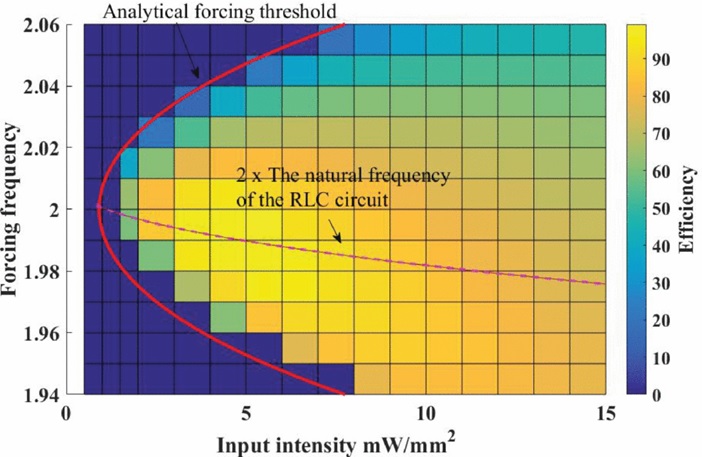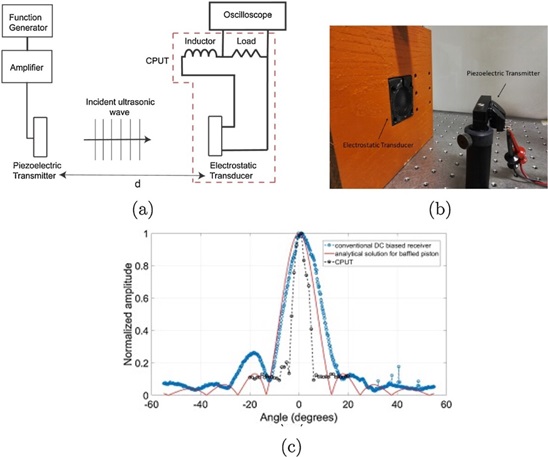Parametric resonance is a nonlinear phenomenon observed when some internal parameter of a system (such as stiffness of inertia) is periodically varied around two times the natural frequency of a system. The most common example of a parametric resonator is that of a child pumping a playground swing by periodically standing and squatting causing the amplitude of the swing to increase without any external forcing. Unlike linear resonators, the amplitude of a parametric resonator is not limited by the linear damping, thereby enabling a large system response even in highly damped environments. Our objective is to utilize the advantages of parametric resonance in electromechanical systems to develop a new class of sensors and transducers. In this research, we exploit the time-varying capacitance of a capacitive transducer to drive a resonant RLC circuit into parametric resonance. Mechanical excitations in the form of ultrasonic waves or ambient vibrations are used to pump a membrane-based capacitor, thereby driving an RLC circuit into parametric resonance and converting the mechanical energy to electrical energy.
Preliminary investigations have revealed that parametric resonance allows capacitive transducers to be operated as acoustic receivers without the need for a DC bias or pre-charge [1]. This has led us to investigate the use of capacitive transducers as passive receivers in wireless ultrasonic power transfer and sensing, which finds application in sensors networks and IoT as well as charging of biomedical implants inside the human body [2,3]. Another area of application of parametric resonance based transducers is broadband vibration energy harvesting. We have found that a single capacitive receiver can be used to drive multiple electrical resonators into parametric resonance, thereby enabling energy harvesting over a larger frequency band when compared to traditional energy harvesting systems. Our current research is focussed on device optimisation and microscale implementation of parametric resonance based devices for vibration attenuation, distance metrology and many more exciting applications.


Project funding: NSF
Associated students: Charles Wei, Sushruta Surappa
References
[1] Surappa, Sushruta, Sarp Satir, and F. Levent Degertekin. “A capacitive ultrasonic transducer based on parametric resonance.” Applied physics letters 111.4 (2017): 043503.
[2] Surappa, Sushruta, Molei Tao, and F. Levent Degertekin. “Analysis and Design of Capacitive Parametric Ultrasonic Transducers for Efficient Ultrasonic Power Transfer Based on a 1-D Lumped Model.” IEEE transactions on ultrasonics, ferroelectrics, and frequency control 65.11 (2018): 2103-2112.
[3] Surappa, Sushruta, and F. Levent Degertekin. “Characterization of a parametric resonance based capacitive ultrasonic transducer in air for acoustic power transfer and sensing.” Sensors and Actuators A: Physical 303 (2020): 111863.